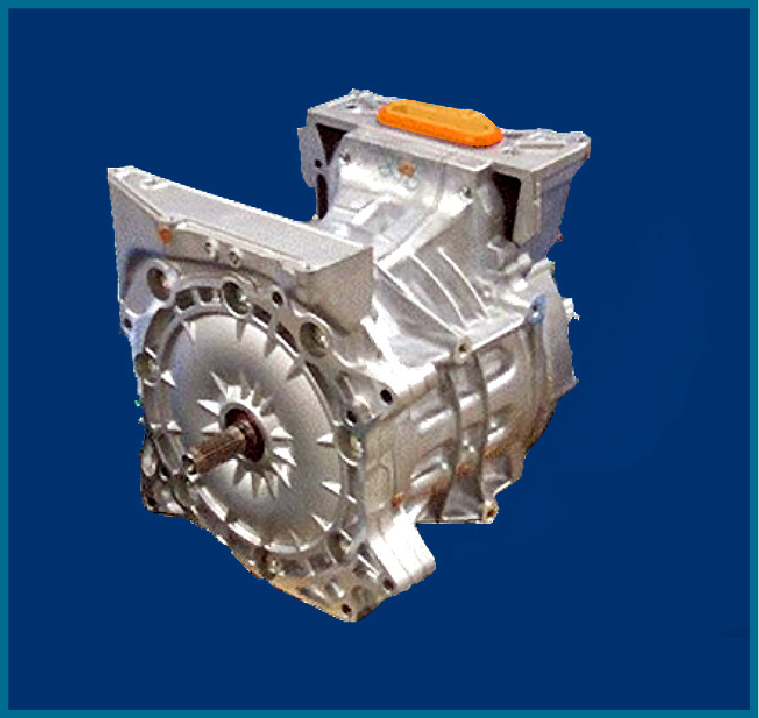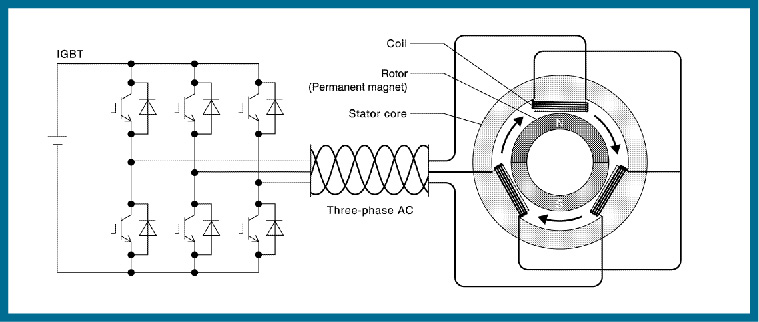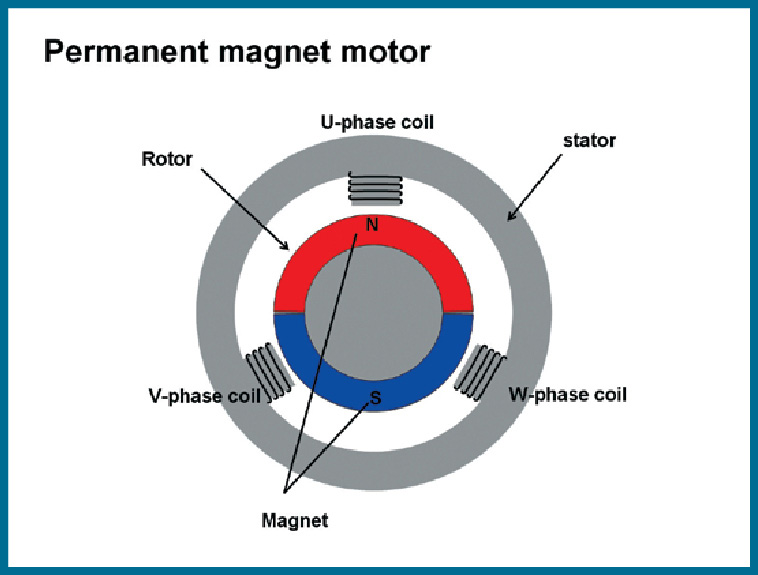
Nissan EV motors use a neodymium-based (NdFeB) magnet. Dysprosium is added to neodymium magnets to strengthen heat resistance. In conventional electric motors, dysprosium is uniformly added to the neodymium magnet, but the new motor –- developed in a joint effort with Nissan’s suppliers –- features a breakthrough grain boundary diffusion process. Instead of uniformly adding the dysprosium to the magnets, the new process distributes dysprosium around each crystal grain’s boundary, which improves the magnet’s heat resistance while maintaining high performance levels. The result of this process is a 40-percent reduction in dysprosium use while still keeping heat-resistance levels comparable with conventional electric motors.

Dysprosium is one of 15 rare earth elements. The name “rare earth” is somewhat misleading because elements in this group are commonly found with other rare earth metals. However, they often occur together and methods of separating them from each other is difficult. In fact Dysprosium comes from the Greek word for “difficult to obtain”. As the demand for electric vehicles and home appliances grows, so too will the demand for dysprosium. With a new wave of clean-energy products populating households worldwide, companies are beginning to consider more effective utilization and reduction in consumption of rare elements such as dysprosium.

Nissan recognizes the importance of reducing its need for scarce resources, and this new electric motor is only the first step in the process to limit the use of rare earth elements. Moving forward, Nissan also plans to adopt the grain boundary diffusion process for its hybrid motors, with the goal to ultimately achieve zero usage of dysprosium in other components as well.

One of the priority objectives of the “Nissan Green Program 2016” mid-term environmental action plan is to minimize the use of natural resources. Nissan has been actively promoting decreased use of scarce resources. In addition to Dysprosium, Nissan has aimed to reduce and optimize the usage of rare earth elements such as cerium (Ce) and lanthanum (La) that are found in catalytic exhaust gas components and in cast iron.